
United States Army African Americans served in the U.S. Military during the Civil War and continued to serve afterwards. Many of these soldiers went on to fight in the Spanish-American War and the Philippine-American War. Although the pay was low, only $13 a month, many African Americans enlisted because they could earn more and be treated with more dignity than they often received in civilian life. In 1866, Congress established six all-black regiments (consolidated to four shortly after) to help rebuild the country after the Civil War and to fight on the Western frontier during the Plains Wars. It was from one of these regiments, the 10th Cavalry, that the nickname Buffalo Soldier was born. American Plains Indians who fought against these soldiers referred to the black cavalry troops as "buffalo soldiers" because of their dark, curly hair, which resembled a buffalo's coat and because of their fierce nature of fighting. The nickname soon became synonymous with all African-American regiments formed in 1866. In addition to their military duties, the Buffalo Soldiers also served as some of the first care takers of the national parks. Between 1891 and 1913, the U.S. Army served as the official administrator of Yosemite and Sequoia National Parks. The soldiers were stationed at the Presidio of San Francisco during the winter months and then served in the Sierra during the summer months. While in the parks, soldier's duties included fighting wildfire, curbing poaching of the park's wildlife, ending illegal grazing of livestock on federal lands, and constructing roads, trail and other infrastructure. In 1903, Captain Charles Young led a company of Buffalo Soldiers in Sequoia and General Grant (now Sequoia and King's Canyon) National Parks. Young and his troops managed to complete more infrastructure improvements than those from the previous three years. They completed a road to the Giant Forest and a road to the base of Moro Rock. Their work on these new roads now allowed the public to access the mountain-top forest for the first time. The Buffalo Soldier regiments went on to serve the U.S. Army with distinction and honor for nearly the next nine decades. The storied Buffalo Soldiers regiments came to an end during the Korean War and the institution of Executive Order 9981. 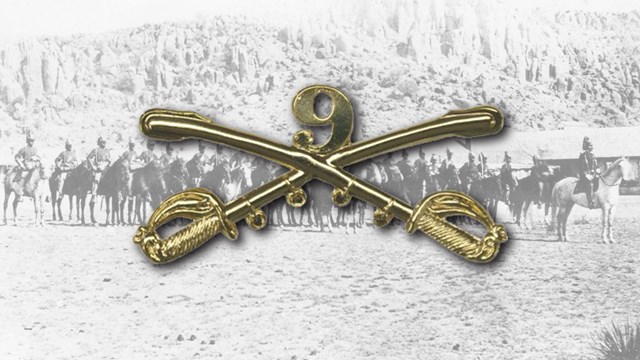
9th U.S. Cavalry
Stories of the 9th Cavalry Buffalo Soldiers. 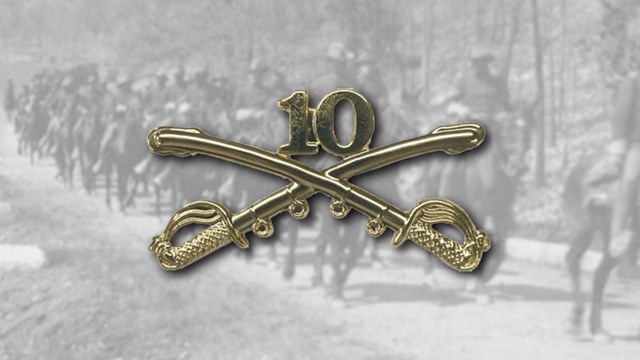
10th U.S. Cavalry
Stories of the 10th U.S. Cavalry Buffalo Soldiers. 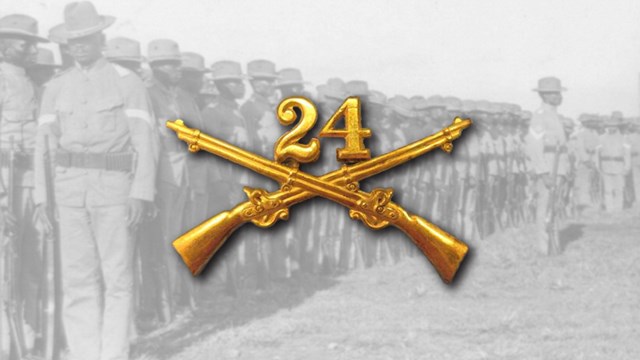
24th U.S. Infantry
Stories of the 24th U.S. Infantry Buffalo Soldiers. 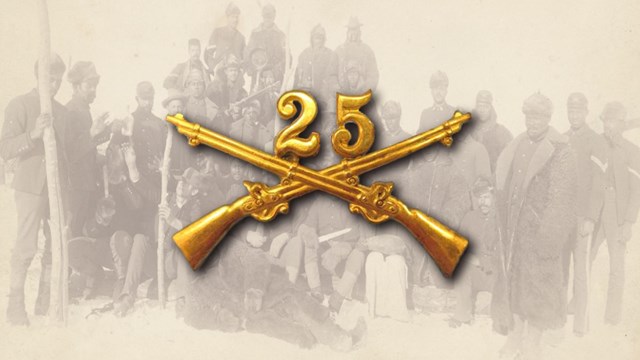
25th U.S. Infantry
Stories of the 25th Infantry Buffalo Soldiers 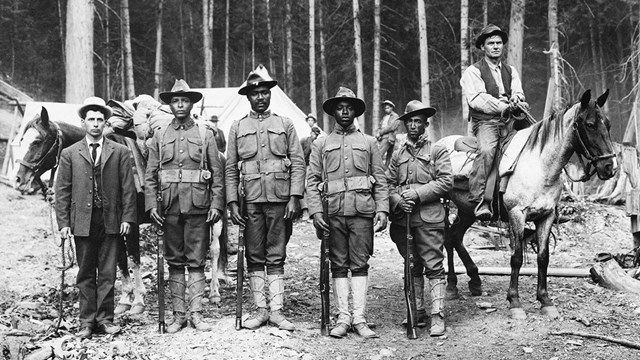
Buffalo Soldiers by the Decades
Discover the people, places and events that shaped the Buffalo Soldiers for almost 90 years. 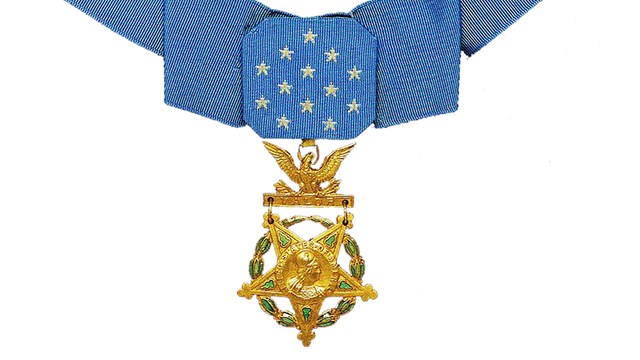
Medal of Honor Recipients
Since the 1860s there have been over 90 African Americans awarded the Medal of Honor. Follow this link to discover their stories. 
Buffalo Soldiers at War
Buffalo Soldiers fought in America’s wars from 1866 through the Korean War. Learn about the soldiers over these 90 years of American history 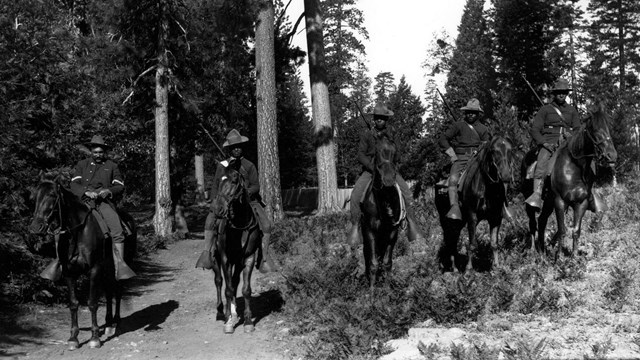
Buffalo Soldiers in the National Parks
Discover the history and legacy of the Buffalo Soldiers in the national parks when you read their amazing stories. 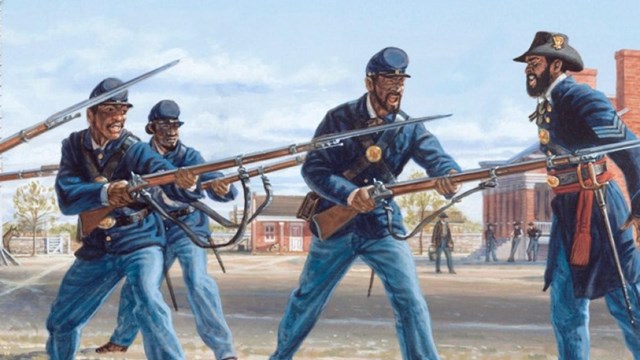
Before the Buffalo Soldiers
From the Revolution to the present day, African Americans have fought for the United States. Learn more about their contribution here. 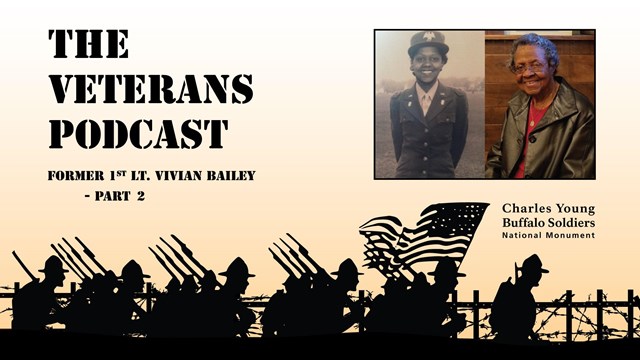
The Veterans Podcast
Watch new podcast episodes featuring WWII African American vets, Mr. Harold J. Warren, Jr. & former WAC 1st Lt. Vivian "Millie" Bailey. 
U.S. Library of Congress |
Last updated: January 5, 2023
